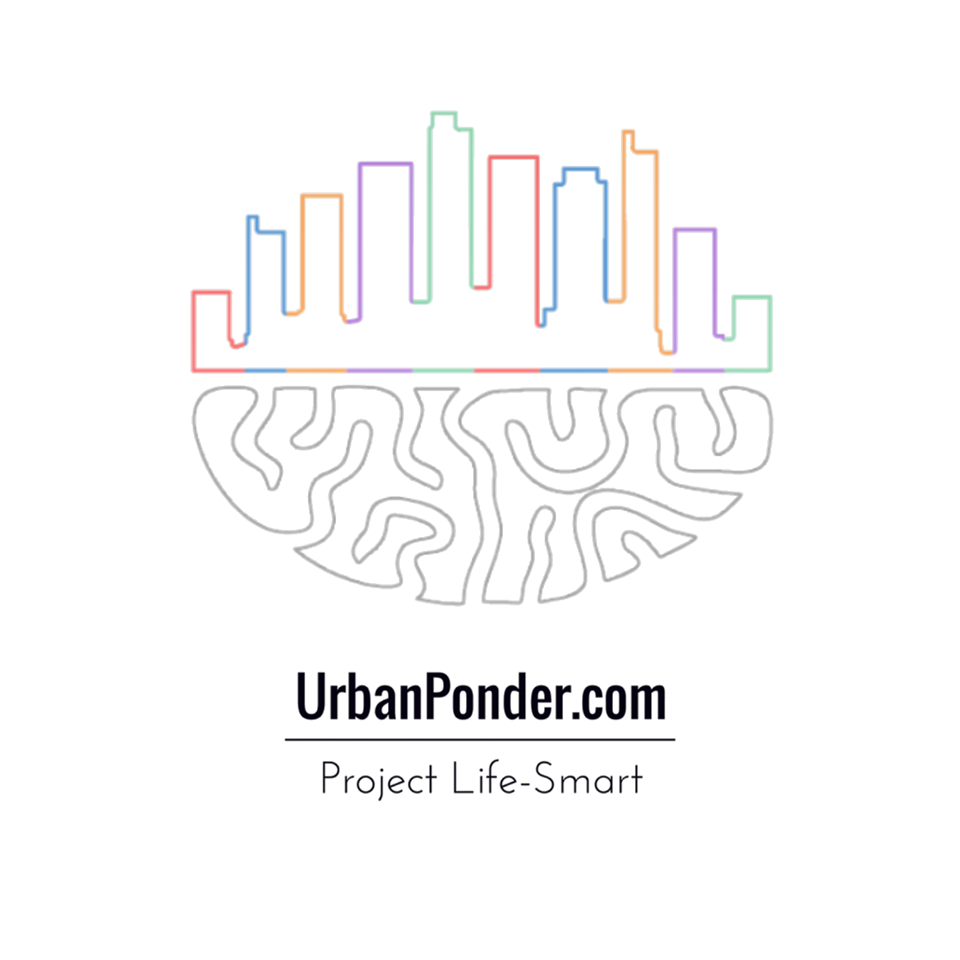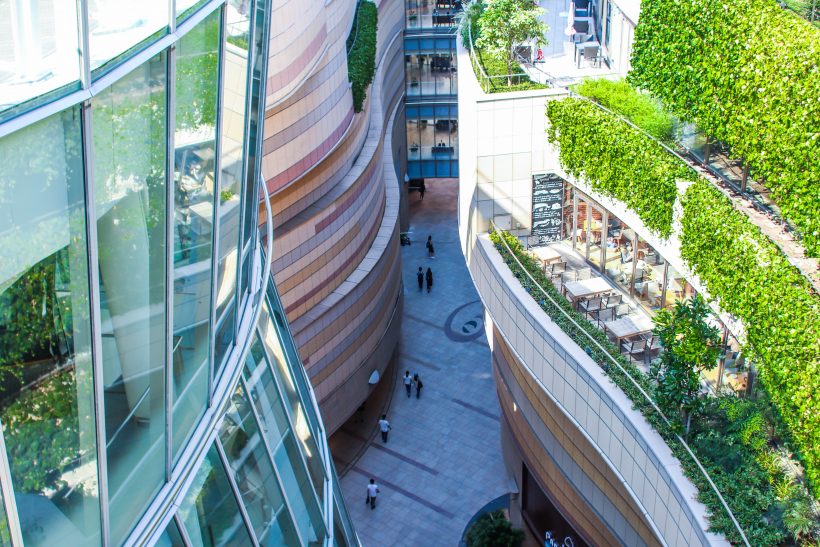This is a contributor’s blogpost …
More and more people are now living in urban areas, and cities are growing rapidly around the world. While this is great for the people moving to these areas in terms of prospects in work and play, the problem is that urban growth is having a devastating effect on the environment.
But it doesn’t have to be this way. With the right infrastructure, any city can become a green city. The key is to find the balance between the needs of the people and the needs of the planet. Here are a few simple ideas.
Smart Use of Resources
We tend to think in terms of products and waste but really we should be thinking in terms of resources. Everything – even things that appear to be waste – can be useful in some way and this is the primary goal of creating a circular economy. This is an important idea for cities in particular as far more resources are required and therefore more efficient use is crucial.
The land is another valuable resource in the city centre but unfortunately, many building practices leave pollutants in the soil. Fortunately, environmental consultancy companies like SESL Australia can identify and remove such pollutants, returning the land to its previous state. This is really important around the world as land is vital for growth.
Greening Buildings
If there is one recognisable feature of any city it is the skyscrapers. When lots of people want to be in a particular place, building up is the only real solution! The consequence of this is that all too often, land is given up to concrete and no vegetation has room to grow. But no matter how unique a building is, there are always ways to make it more environmentally friendly, from solar panels to reducing the energy requirements.
The city state of Singapore is making huge progress in this area by ensuring that urban planners and architects are encouraged to include green aspects in their designs from green roofs to cascading gardens. The idea is that every new building should have as little negative impact as possible and given the prospect of rising sea levels, Singapore is certainly motivated!
Transport and Travel
Transport is one of the main pollution producers and given the number of people moving around in cities, it’s not surprising that urban areas usually have the worst air pollution. What’s worse is that because there is such a lack of greenery, there is no way to filter the air pollution safely.
Many cities are now making progress in this area with electric buses and trains producing significantly less air pollution. Similarly, the construction of safe cycle paths encourages more and more people to cycle to work rather than drive. The more green options there are, the more likely it is that people will choose to travel in an environmentally friendly way.
The planet may be in danger but there is still time to fix it. We all know what we need to do, the challenge will be to do it in time and starting with our cities seems like the best solution.

